Colombia: Lost City
ਪ੍ਰਕਾਸ਼ਿਤ: 24.08.2017
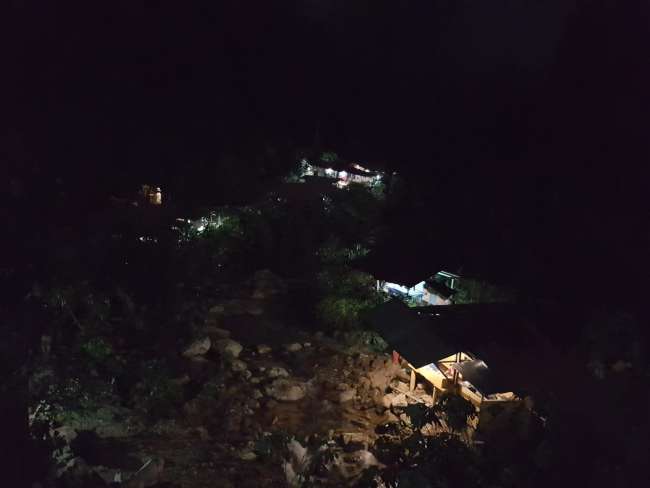
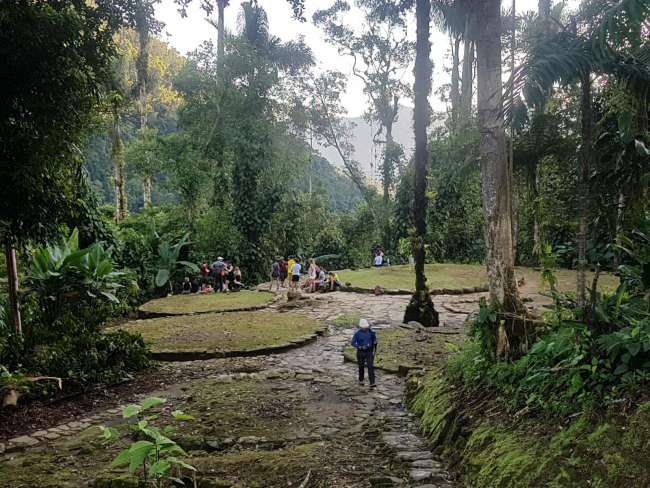
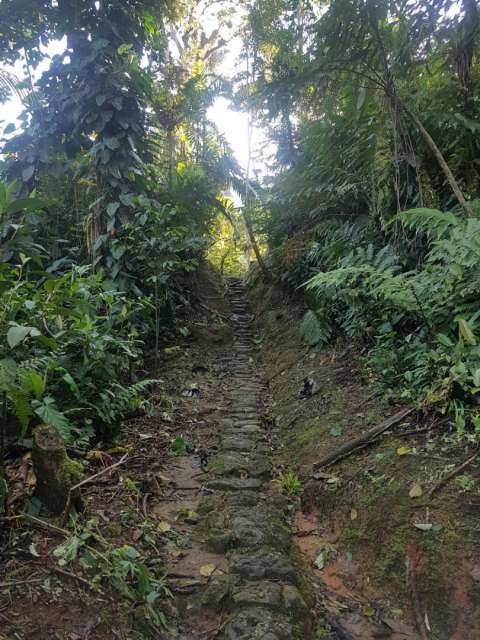
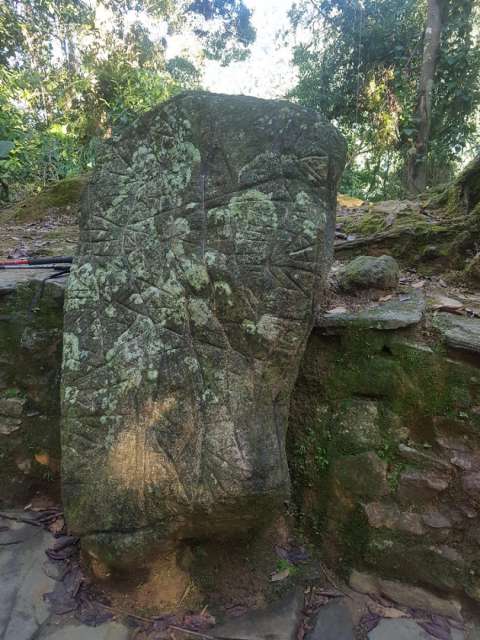
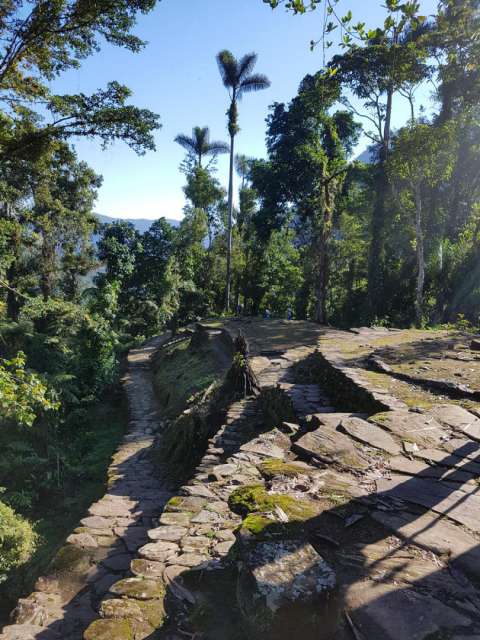
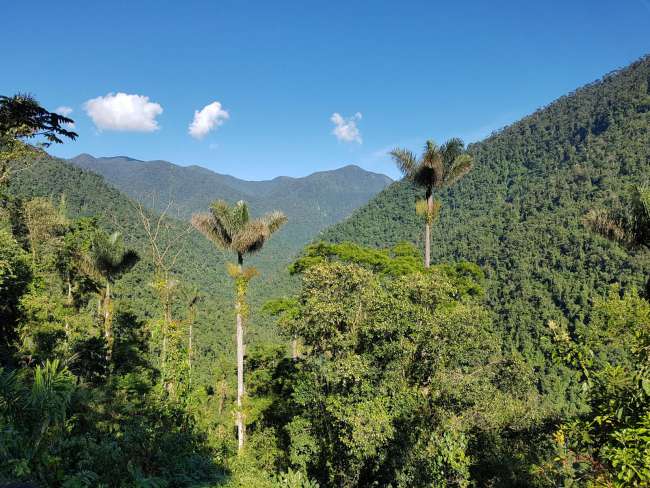
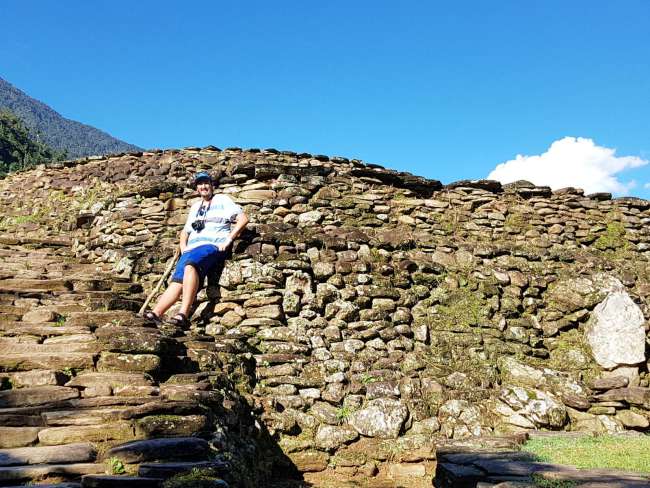
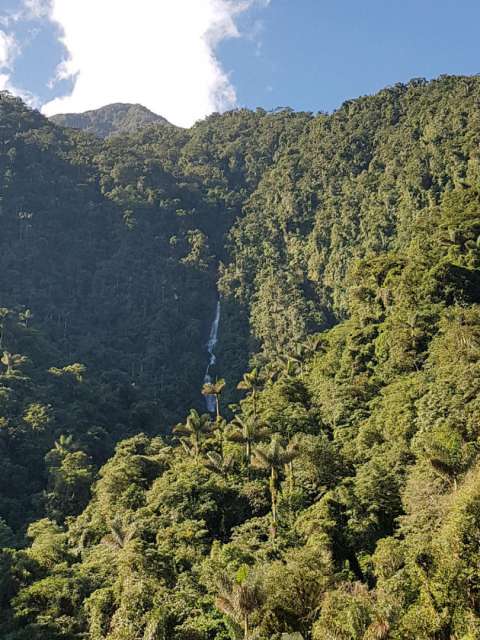
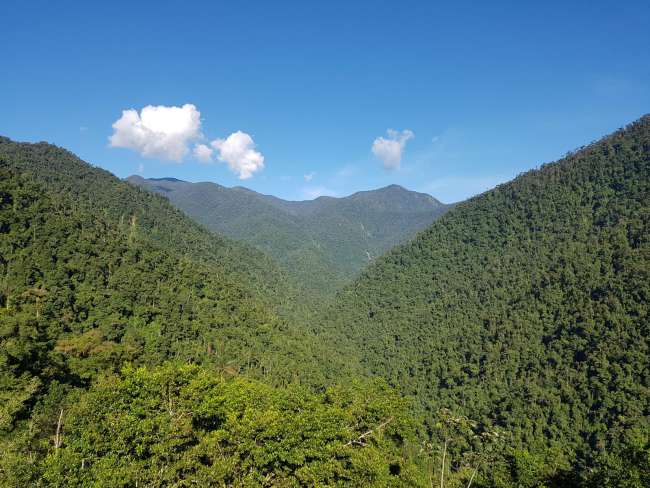
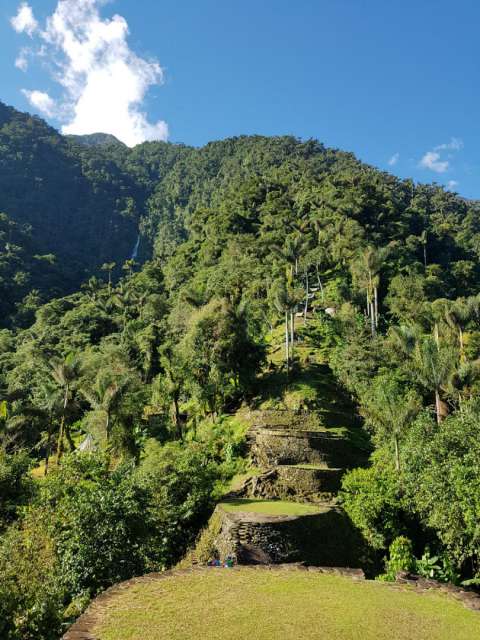
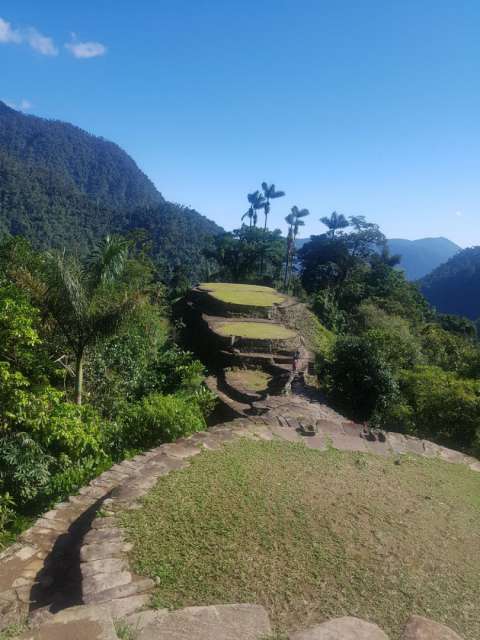
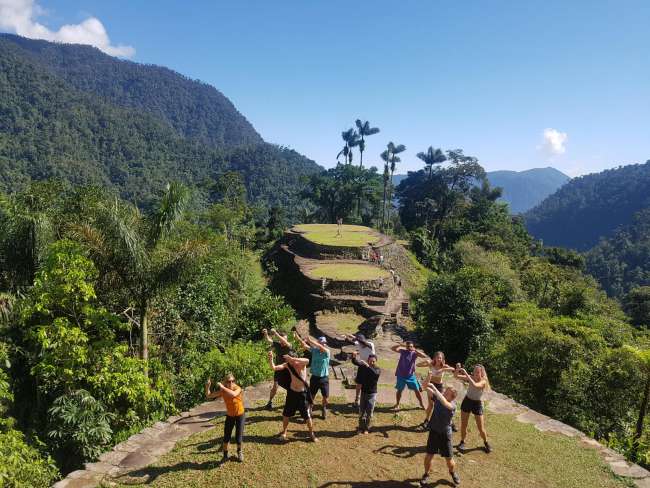
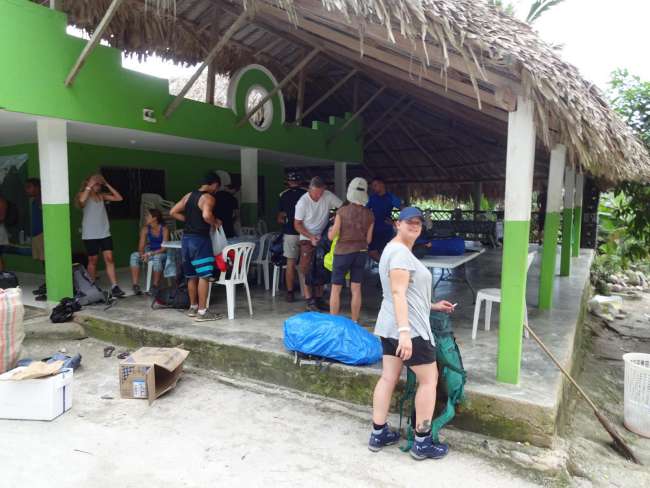
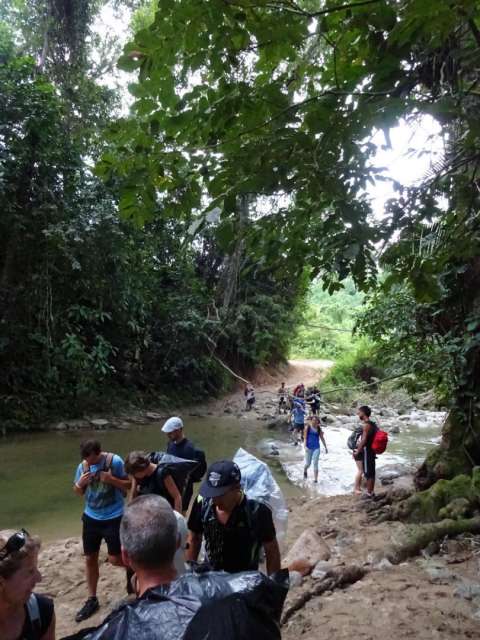
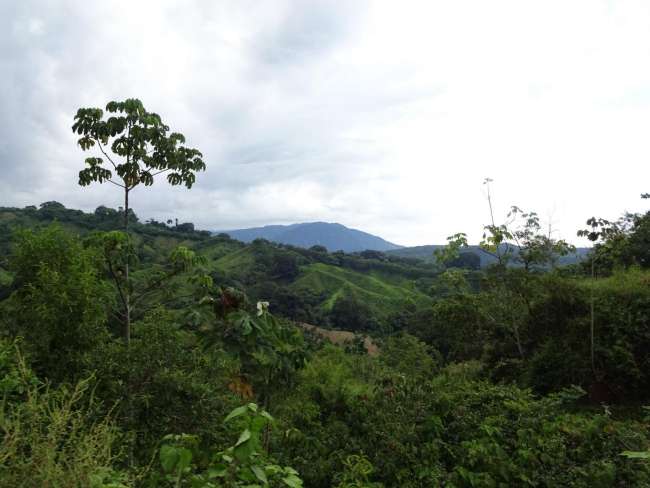
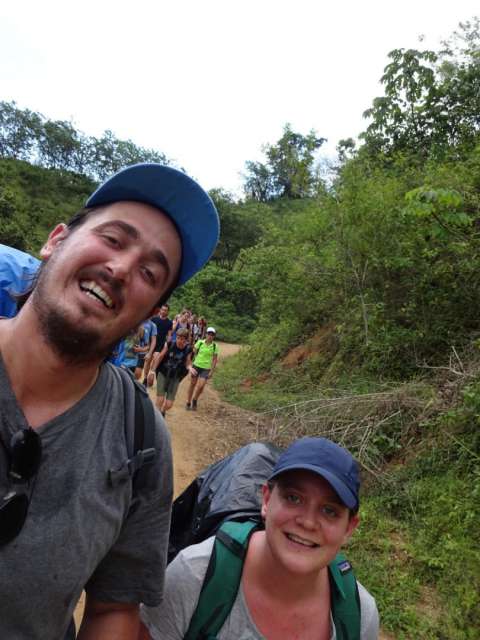
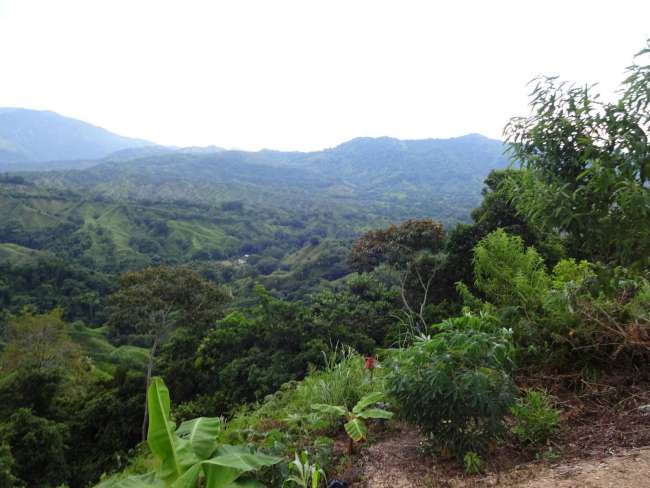
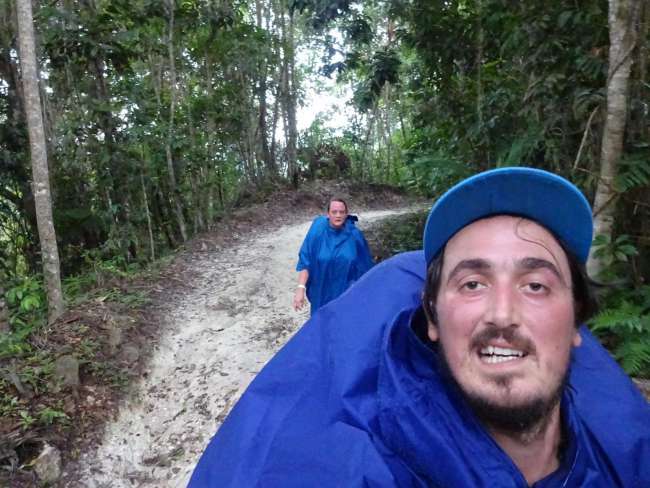
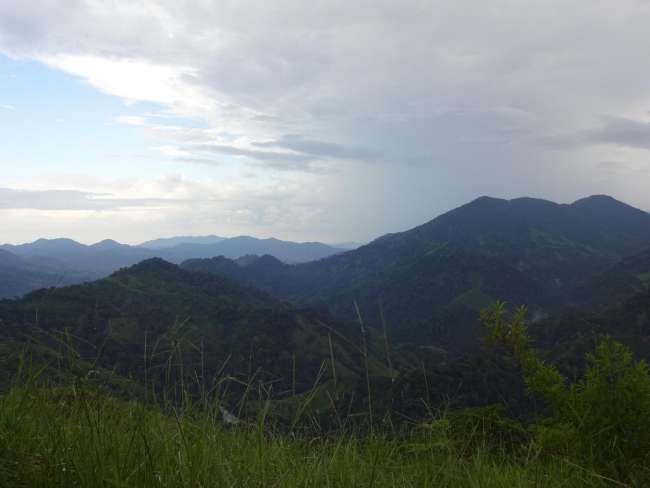
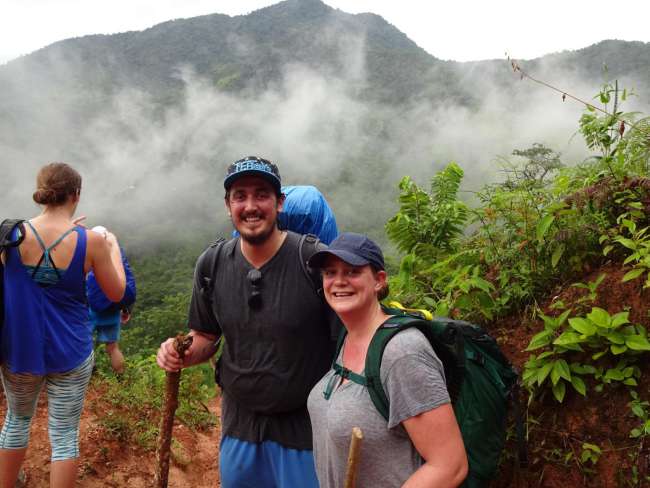
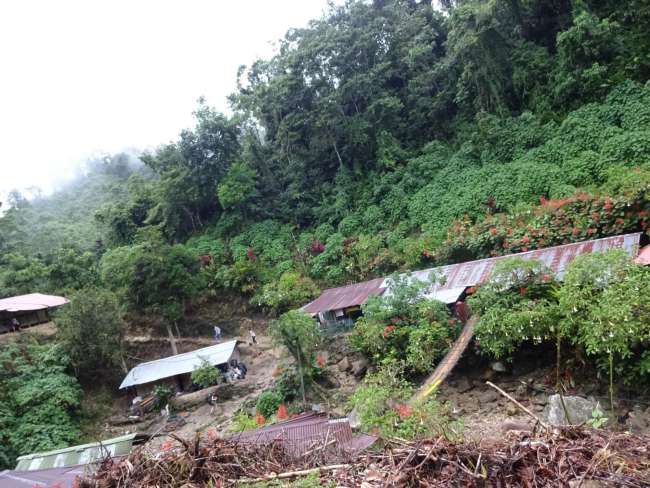
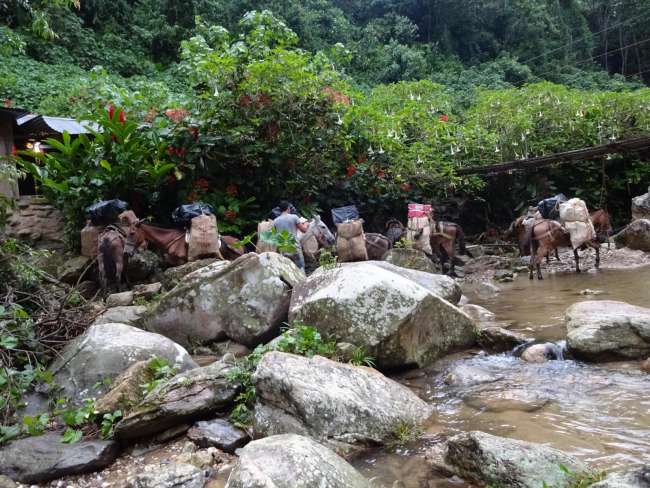
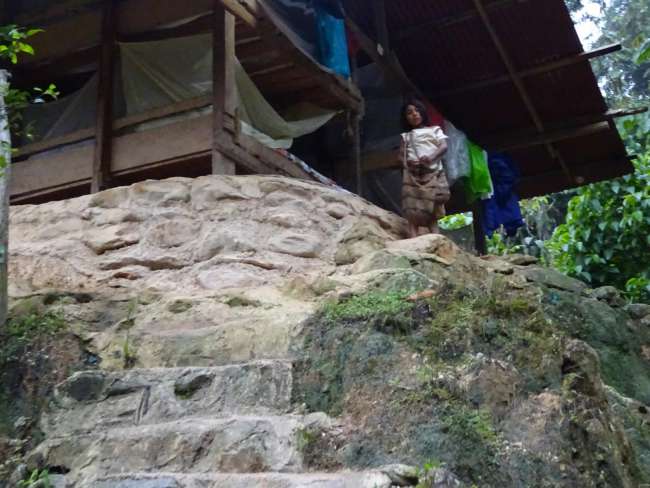
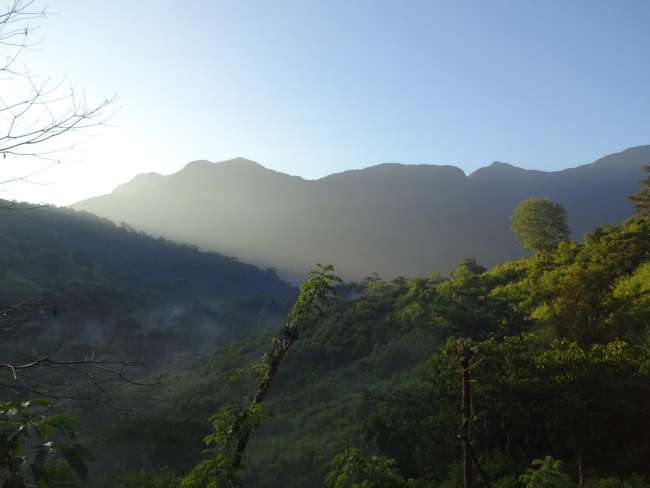
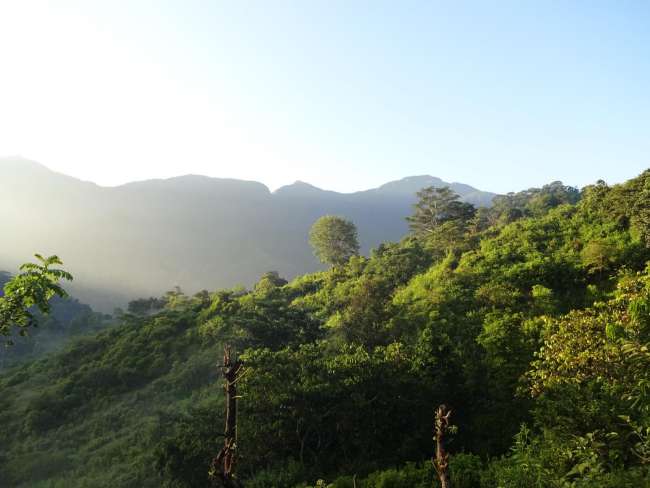
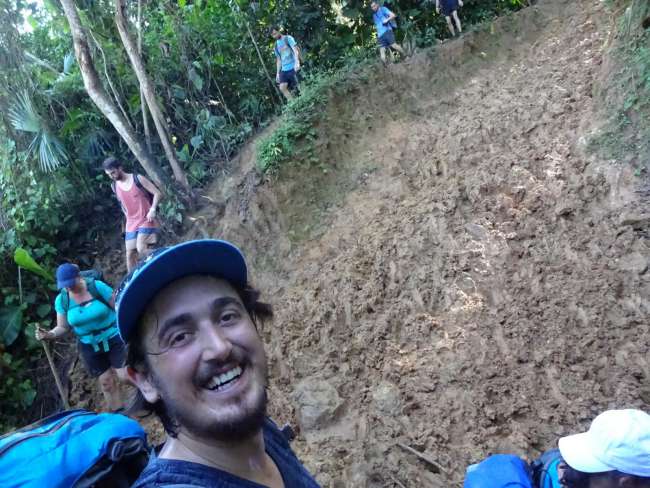
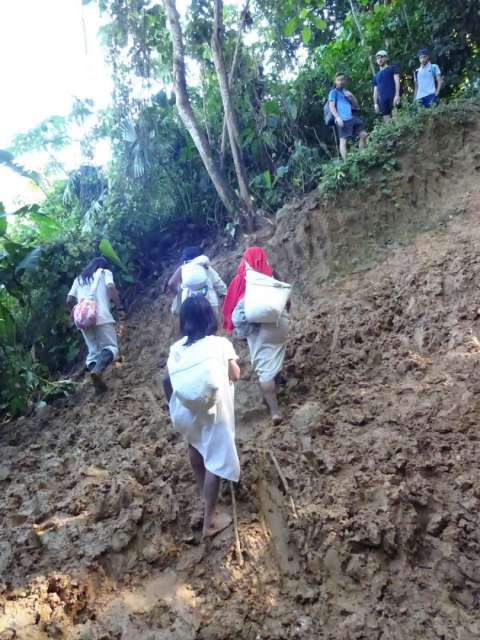
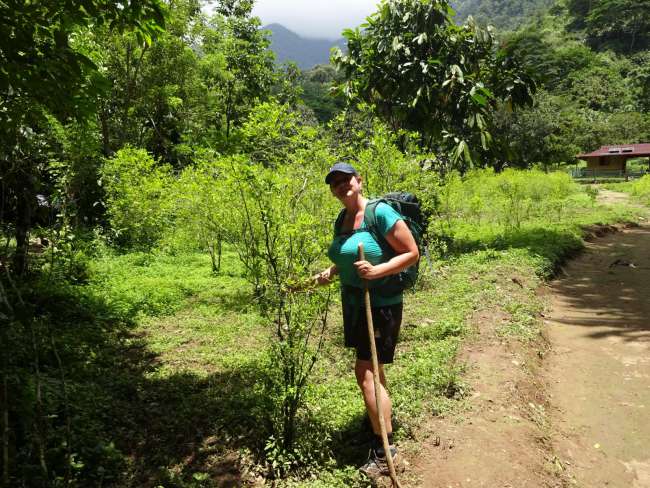
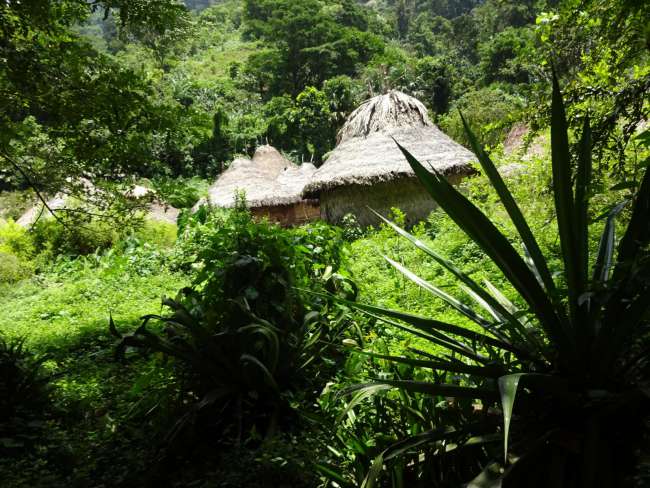
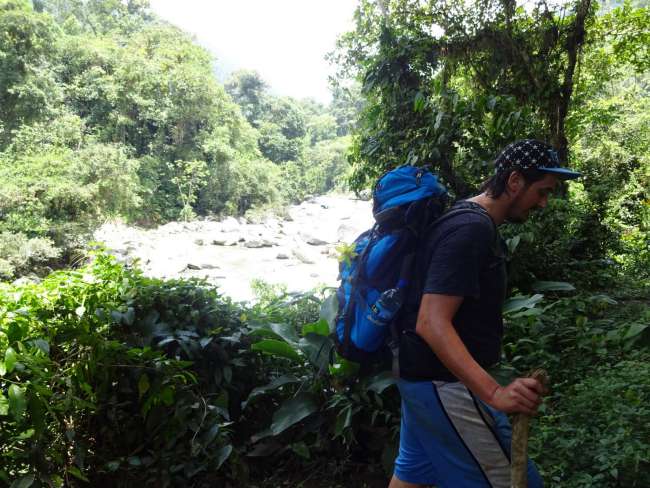
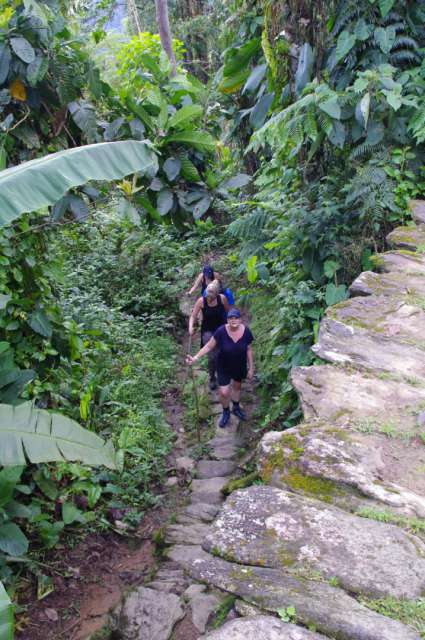
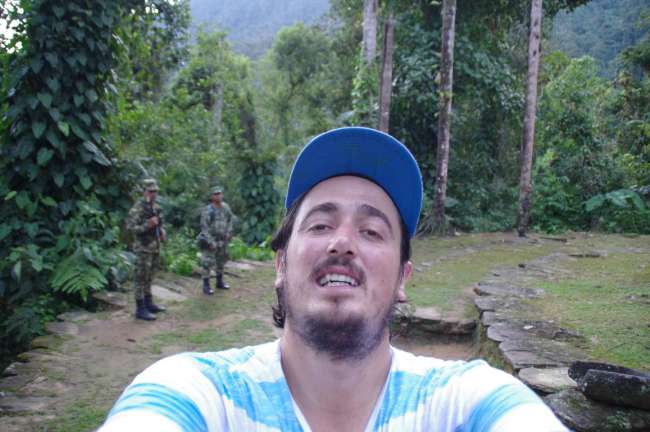
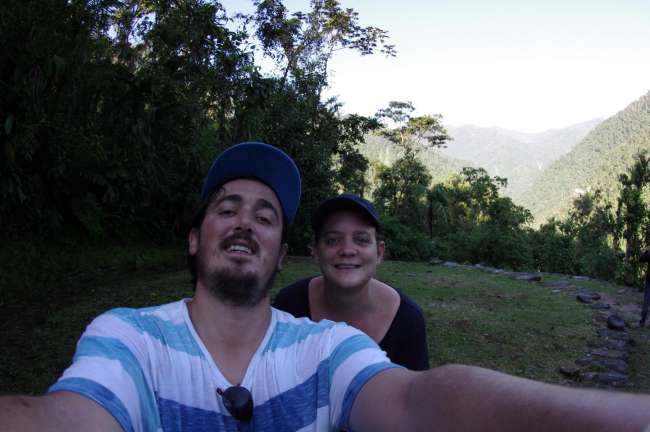
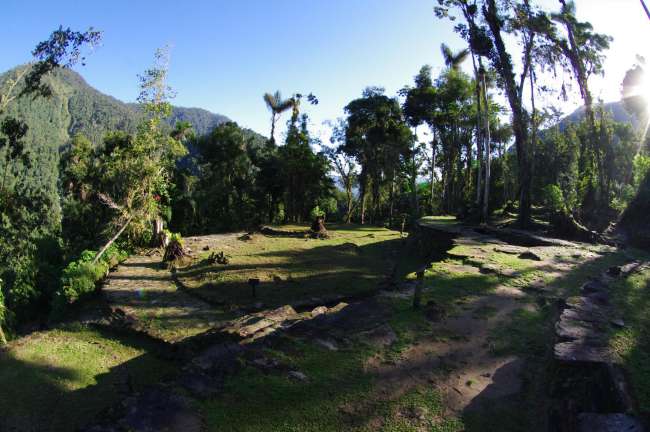
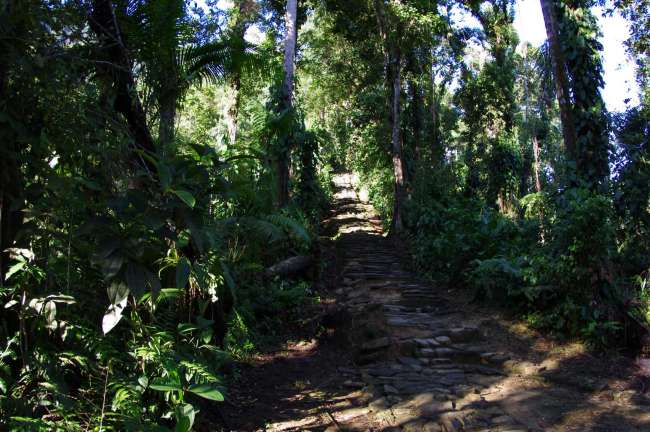
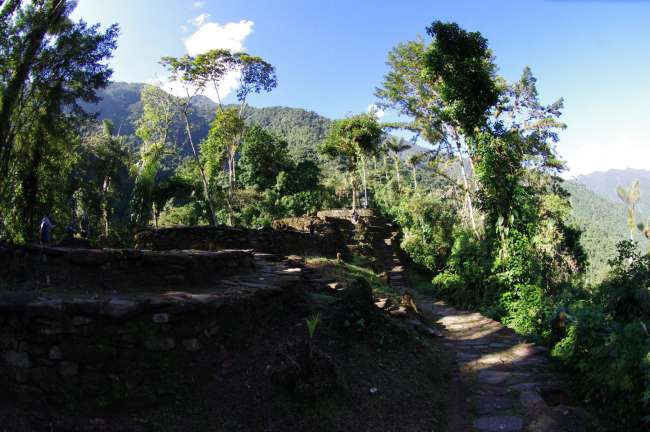
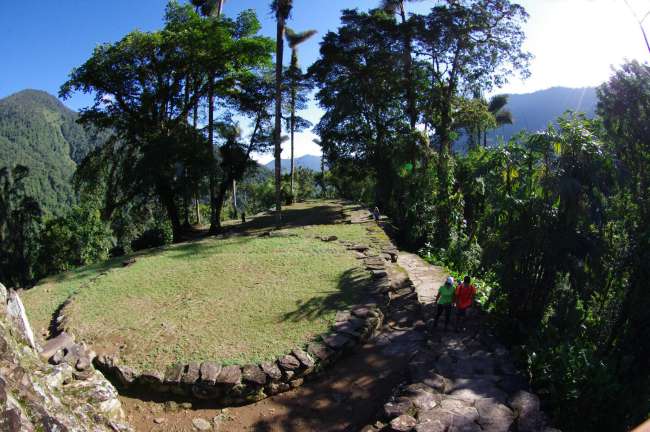
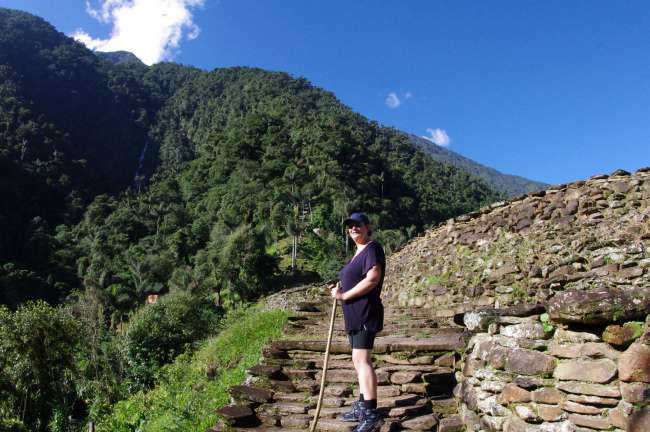
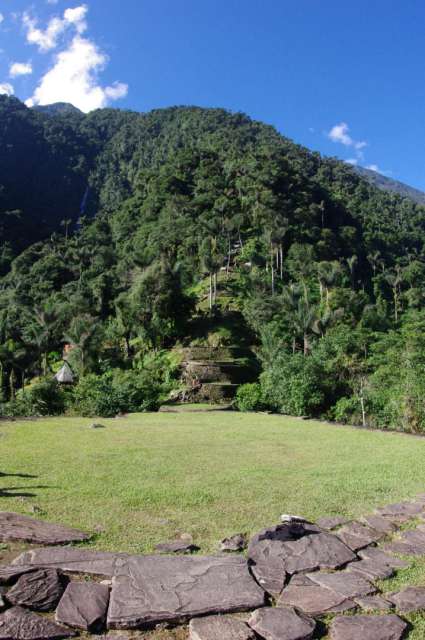
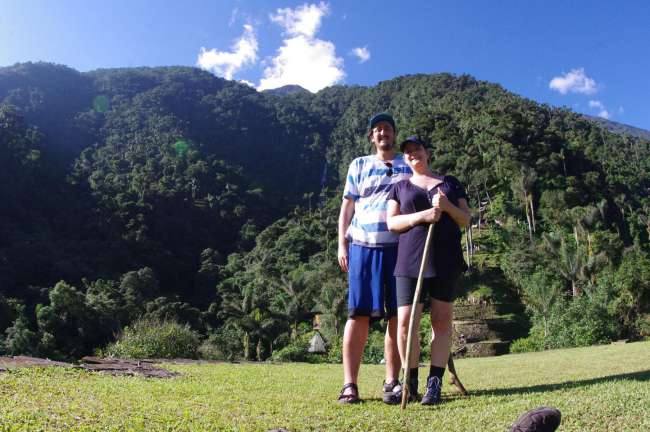
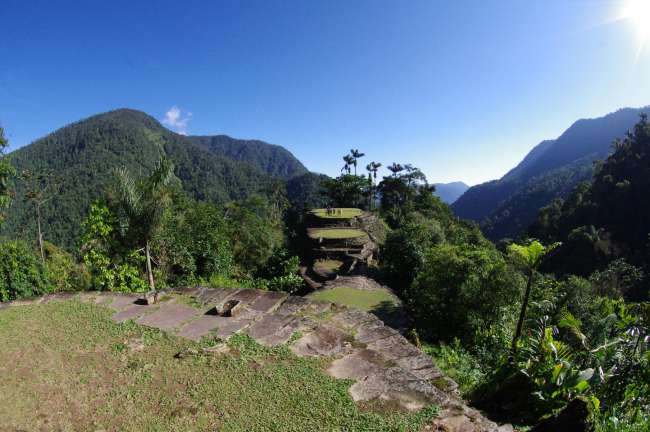
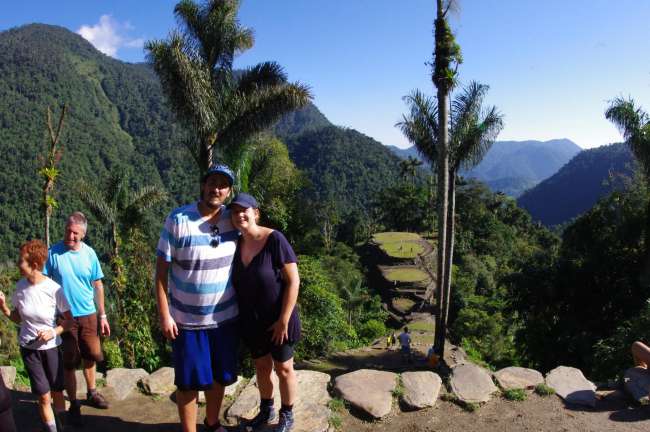
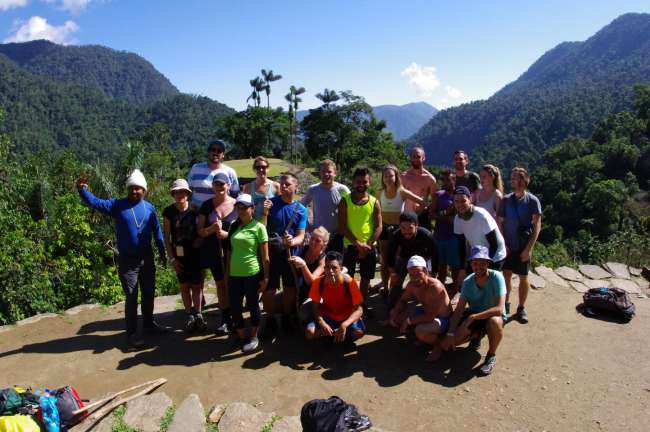
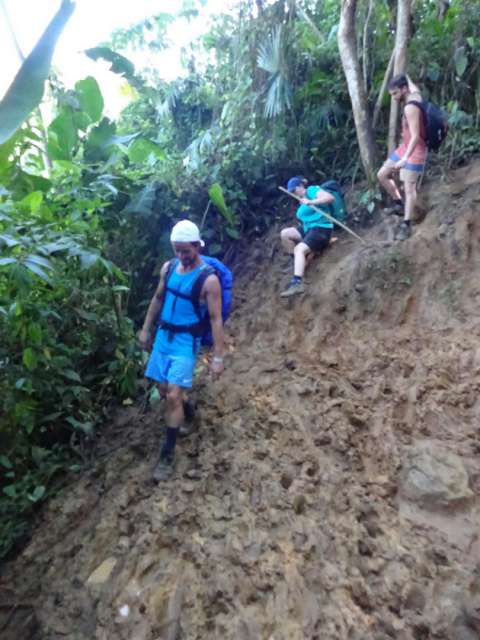
ਨਿਊਜ਼ਲੈਟਰ ਦੀ ਗਾਹਕੀ ਲਓ
What was I thinking? This thought often accompanied me on our way to the Lost City, also known as Ciudad Perdida. And indeed, it was my idea to do this tour. What was I thinking?
The Ciudad Perdida is a pre-Columbian city in northern Colombia near Santa Marta. The majority of the city was built between the 11th and 16th centuries, although its origins date back even further. The estimated population at its peak was 2,000–8,000 members of the indigenous Tairona people, who abandoned the city shortly after the arrival of the Spaniards. It was not until 1975 that the "lost city" was rediscovered and plundered by grave robbers. Today, the city houses a permanent archaeological base. Approximately 25,000 tourists visit the Lost City every year.
The city can only be visited as part of a 4-6 day trek covering approximately 48 km. Jörg and I decided to do the 5-day trek, assuming that we wouldn't be in the same team as the super fit athletes. After all, it was our first multi-day trek. Well, we were wrong. It turned out that the difference between the 4-day and 5-day tours would only become apparent on the last day. The first 3 days we spent together with others who had booked a 4-day tour. We would simply complete the last stage of the return journey in two days instead of one, meaning we would just hang around in the camp for half a day. What a nonsense. Anyway, we'll come back to that later.
Unfortunately, Jörg and I had even more bad luck and not only walked together with the 4-day group, but also ended up in the Olympic team. There were 21 people in the group. We were amazed when these people literally ran up the first hill.
What can I say, it was hell. It's not even worth going through the individual days. As if I could still remember how many kilometers we struggled uphill, only to struggle downhill again, or how many rivers we crossed.
Each day followed a similar pattern: we were woken up at 4:30 in the morning (our overly motivated guides always wanted to be the first ones to start), quickly packed our things and had breakfast. Then we walked uphill for about 4 hours and then downhill. Or vice versa, whatever. Then we arrived at a camp where we took a break and had lunch. In the afternoon, we walked uphill for about 4-5 hours and then downhill. Or vice versa, whatever. Eventually, we would arrive at a camp where we could take a shower. Then we had dinner and fell exhausted into bed around 8:00 or 9:00 pm. And at 4:30 am the next day, the torture would start all over again. Whenever we asked the guides how much longer it would take, they always said: 30 minutes. There were endless 30 minutes, I can tell you.
Throughout the whole time, we were drenched to the bone and covered in dirt from head to toe. We walked in scorching heat in the morning and in pouring rain in the afternoon. And most of the time, we were knee-deep in mud. Wearing rain gear was pointless because it was so hot under the rain gear that we were completely soaked anyway. Just as we had rejoiced over our fresh, dry t-shirt and fresh, dry socks in the morning, we had to wade through the next hip-high river in full gear, including shoes. In retrospect, we had brought way too much luggage. Two t-shirts would have been enough, one wet for the trek and one (semi) dry for the evening in the camp. It wasn't worth the pain of carrying the luggage, we would have rather smelled for 4 days. The humidity was so high that our stuff couldn't dry overnight, on the contrary, after 2 days, everything we had with us was completely wet or at least damp.
This trek is definitely not recommended for people with a fear of heights. We walked on narrow paths and climbed wet rocks where it was at least 30 meters straight down.
And it was a constant battle with mosquitoes. Those insects are completely insane, I can tell you.
Although many complained about the camps, we actually found them quite decent. They were located in the middle of the jungle and consisted of mass dormitories with one large roof, bunk beds with mosquito nets, a few long benches, and a kitchen. There were also some toilets and showers with freezing cold water. But by the second day, we didn't even notice the cold water anymore.
It is quite an effort to carry all the stuff with mules into the inaccessible mountains. Our food was also transported by mules, and the cook had to walk with us. Each group has its own cook. At times like this, I appreciate having a comfortable office job instead of going through this torture once a week.
On the third day, we finally reached the Ciudad Perdida. Of course, not without climbing 1200 "steps" beforehand. Calling it stairs is actually an insult. Nevertheless, we made it. Our Olympians literally ran up the last 100 steps, while we crawled up on all fours.
Upon reaching the top, we were greeted with a breathtaking view. One must be a little bit crazy to choose such a place for a city. It is also a mystery how the people back then managed to bring all those large rocks up there. From the outside and along the way, you can't see the city at any time, it is hidden in the mountains and the jungle. Only terraces, paths, and stairs remain of the city, but it is truly stunning.
Was all the effort worth it? At the moment of reaching the top, definitely. But as soon as we started the journey back, we were already filled with self-hatred again.
In the city itself, we spent only about 3 hours. Just enough time to have a victory cigarette, take a hundred photos, listen to some explanations from the guides, and then sit down for a few minutes and enjoy the view before descending the 1200 steps again. However, some people from our Olympian group even learned a dance and performed it on one of the terraces in front of other groups that had reached the top. Jörg and I were not the only ones scratching our heads and wondering where they got the energy from, in this godforsaken place.
To return, we had to take the same path again. Unfortunately, Jörg started experiencing knee pain towards the end of the second day. He even considered skipping the final ascent to the Ciudad Perdida, but when you're so close to the finish line, you simply can't turn back after already going through all of that. However, the return journey became even more difficult because of it. We were even slower than before, which meant we would usually arrive at the camps 1-2 hours after the Olympians. But they were all very nice people, and since they always arrived first everywhere, they kindly reserved a bed for us so that we didn't have to sleep in a hammock (not all camps had enough beds for all groups).
One of our guides, Elisabeth, was also an indigenous woman. She was very friendly and helpful and tried to help Jörg with traditional indigenous medicine. He received marijuana cream for his knee, wraps made of banana leaves, and a bath with banana leaves and salt, which actually helped a little. It was very interesting to experience all of this, even though Jörg paid the price. It seems like it would be worth getting a banana tree, the plant is truly versatile.
During the hike, we also followed the traditions of the indigenous people, as we wanted to learn something about their culture. Whenever the opportunity arose, we diligently chewed coca leaves. In Colombia, it is illegal to grow coca in large quantities, but the indigenous people are allowed to have plants in their gardens for personal use. Coca has been part of their tradition for centuries. And believe me, when you're struggling through the mountains in pain and the coca leaves provide even a little bit of relief and make it a little easier to conquer the endless steep slopes, you eagerly chew them without questioning it. At least I did.
By being at the back of the group with Elisabeth, I had the opportunity to talk a lot with her and learn a lot about the indigenous people and their culture.
The indigenous people live in the mountains, in small villages consisting of round huts without water or electricity. They practice agriculture and sustain themselves. Nowadays, there are also people who specialize in crafts or make a living from tourism, such as running a small shop along the trek where you can buy drinks.
As mentioned earlier, coca leaves are an important part of indigenous culture. Young men are called to be shamans at the age of 18 and receive their first "poporo". This is a hollowed-out dried gourd in which powder made from sea shells is stored. The men mix the powder with coca leaves in their mouths using a stick. The lime powder reacts with the leaves and enhances the effect (and ruins their teeth). Any remaining powder is rubbed on the neck of the poporo, creating a solid ring around the vessel that grows larger over time. The young men receive instruction from the shaman during a 4-day ceremony on how to use the whole apparatus. Coca leaves are used only by men, as women are considered very strong. Women can climb the mountains and carry children without additional help, but men need coca for that purpose. So, you would also encounter men chewing coca along the way, carrying the poporo and stick and happily chewing.
On the other hand, mothers don't wear shoes because they believe that wearing shoes would harm Mother Earth. And mothers don't harm each other. They actually walk barefoot in the mud up and down the mountains. They carry their small children in a bag hanging from a band around their forehead. Unbelievable.
What I found particularly interesting is that the indigenous people don't recognize the concept of love. Marriage is purely for practical purposes. Couples are brought together by the shaman. At the age of 18, young men initially marry an older woman to learn from her. The shaman presents him with 2-3 proposals, from which he can choose. These could be widows, for example. The man stays with this first wife for three years. Then he can decide whether he wants to stay with her or he can pay for his freedom to marry a younger woman. Apparently, there is no minimum age for women to get married. The shaman decides when a girl is ready for marriage. This can happen at a very young age.
After marriage, the spouses do not live together but in separate huts. The wife is only allowed to enter the husband's hut to bring him the children to visit him (as far as I understood, he has to clean himself). Sex inside the huts is forbidden. The spouses have to go into the forest for that.
It is fascinating that there are still people who voluntarily adhere to such a lifestyle. I asked Elisabeth if she thinks this culture will still exist in 50 years. She believes that this way of life is endangered. The people see what others have, running water, electricity, mobile phones, computers, and they want that too. The children leave the villages to study in the cities and then do not return to the villages.
Let's get back to our self-torture: Jörg's knee got worse and we were looking for a solution. One of the questions was whether we could rent a mule for him. However, it would have to be a really strong mule. Another problem was that we stupidly didn't bring enough cash with us, and the mules had to be paid immediately. Credit cards were not accepted up there. We also had to decide whether to stick with the 5-day trek or return to the town on the fourth day so that we could quickly see a doctor and have more time to recover in the town. As I mentioned before, the 5-day trek only differed in that on the 4th day we would only walk back to Camp 1 in the morning, spend the rest of the day there, take a dip in the river, and only on the 5th day walk the final stretch back to El Mamey, where the jeep for the return transport to Santa Marta was waiting.
It didn't make much sense for us because we didn't expect Jörg's knee to get any better with just half a day of rest, so we also changed our trek to 4 days. We rented a mule for our luggage, which was relatively inexpensive thanks to the efforts of our guide Javier, so that Jörg's knee wouldn't be further burdened by the additional weight. Then we struggled back to Camp 1 and a bit further up the mountain, where you could rent a motorcycle with a driver for the final descent. The last stretch of about 2 hours from there was steep downhill, and downhill was the worst for Jörg's knee, so we would have definitely taken much longer than 2 hours. So we each rented a motorcycle.
And that was actually the real adventure, in the end, we are really glad that we did it. The drivers raced down the steep slopes in such a daredevil manner that it was scary. I was clinging so tightly to the motorcycle and the driver that my hands hurt and surely his abdomen as well. Sometimes it really went straight down, past huge rocks on narrow trails, along steep cliffs, through mud and rubble, and even through a river. We zoomed past all the other hikers, and everyone waved at us cheerfully, Jörg's injury had caught everyone's attention, so we knew everyone from the other groups as well. Only our own group, the Olympians, had of course already arrived down below.
Finally, we arrived in El Mamey and had a late lunch before driving back to Santa Marta in the jeep for 2 hours. The tour operator immediately took us to the hospital because we were insured for such incidents through the operator.
In the hospital, we were taken to a VIP waiting room and then apparently forgotten. We waited for a whole 2 hours before we finally complained. It also felt a bit silly when the whole "non-VIP" waiting room was full of people who had been waiting for at least as long or even longer, and we didn't want to just jump ahead. But then everything went very quickly. We were taken to a doctor, and we explained the problem as best we could. If we can hardly understand the medical gibberish of the doctors even in our own language, it's certainly not any easier in Spanish, I can tell you that.
Especially for me, the medicines were not available in the hospital. Or rather, not good medicines, as the doctor mentioned. Oh well. The doctor issued a prescription for me, so I had to go across the street to the pharmacy to buy the medication and then bring it back to the hospital. Jörg received 2 injections, antibiotics, and painkillers. Finally, we were able to go to our hostel, shower, and rest. Thank goodness.
Was it all worth it? Yes, it was. We will definitely never forget this experience, and we are glad that we did it. There were times during the trek when sheer survival instinct pushed us forward, not the joy of hiking. I had never experienced such pain in my whole body before, it can't even be called muscle soreness. My shoulders were literally raw and scraped from the backpack, our feet were completely soaked and covered in (sometimes huge) blisters and sores, I even had blisters on my hands from gripping the trekking pole. Not to mention Jörg's injured knee, he fought incredibly bravely. It's amazing how far a person can go when there is simply no other option. No ski lift to take you down to the valley. In Switzerland, I would have certainly taken the next ski lift. But there, all you have is the deep jungle and the path ahead of you. Nothing else.
The journey is the destination, and that certainly applies to the Lost City, and it's a great feeling when you finally reach the bottom in El Mamey.
We end this part of our travel report with the words of our fellow hiker Jim from Holland when he arrived in El Mamey: Never again.
ਨਿਊਜ਼ਲੈਟਰ ਦੀ ਗਾਹਕੀ ਲਓ
ਜਵਾਬ (1)
Alex
Danke für diesen herrlichen Artikel. Hat meine Busfahrt nach San Gil erheblich humorvoller gemacht.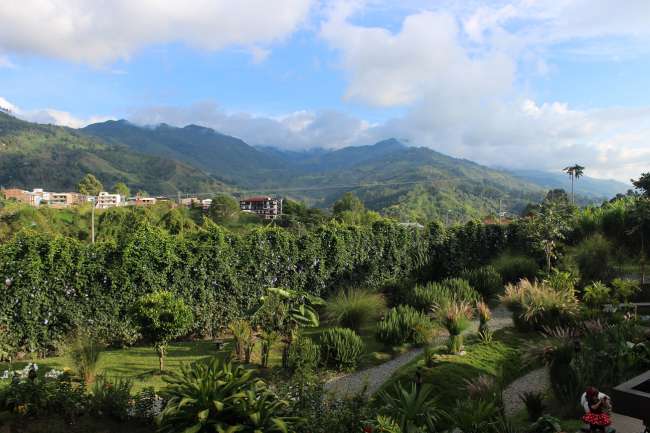
ਯਾਤਰਾ ਰਿਪੋਰਟਾਂ ਕੋਲੰਬੀਆ

